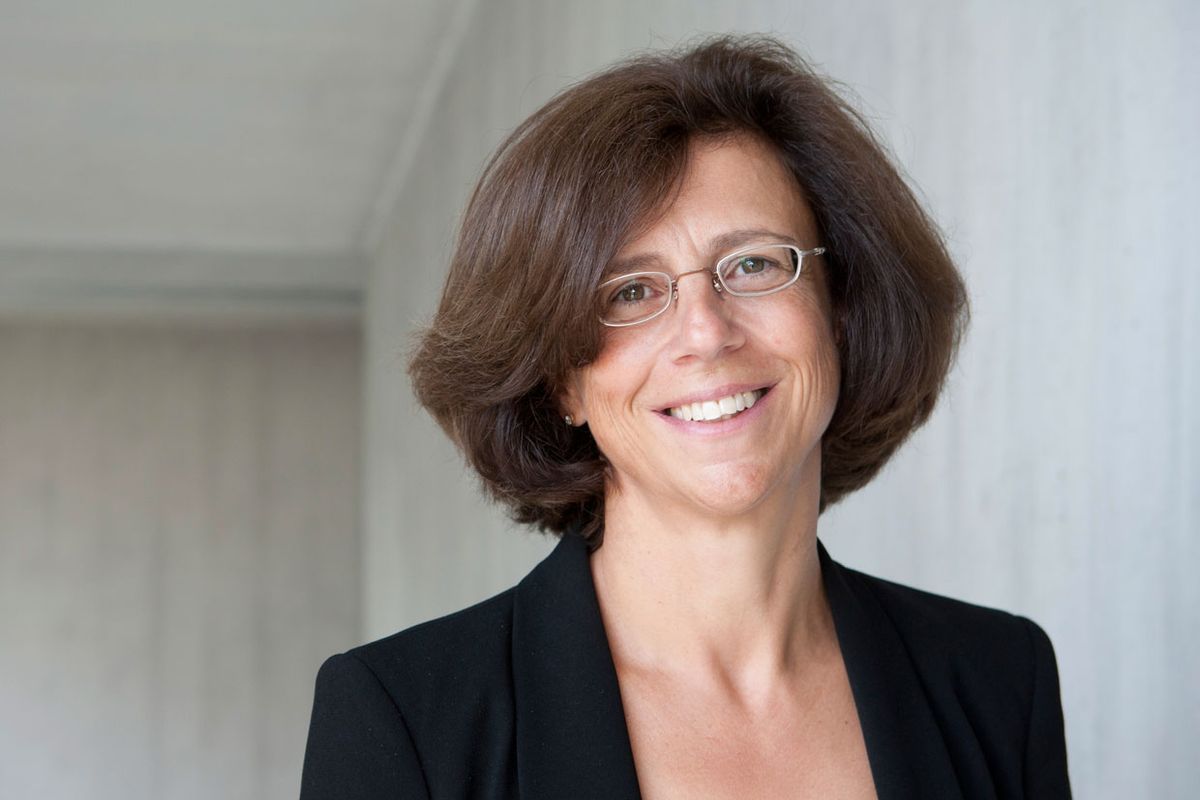THE INSTITUTEIEEE Fellow Ursula Keller is to receive the annual IEEE Edison Medal “for pioneering and fundamental contributions to and leadership in useable, compact ultrafast laser technology, enabling applications in metrology, sensing, and biophotonics.”
Ultrafast lasers produce short pulses of light, typically less than 1 picosecond. Keller’s innovations have pushed the frontiers of ultrafast laser science and technology.
The lasers, according to Keller, are an important tool to probe the dynamics of physical systems at short timescales, allowing for improved understanding of the performance of many devices and phenomena used in science, technology, and medicine. In addition, she says, ultrashort pulses provide a high peak intensity and a broad optical spectrum—which opens up additional applications including nonlinear optics.
Keller is a physics professor at ETH Zürich and a director of the Swiss National Science Foundation’s Molecular Ultrafast Science and Technology research program.
She developed the semiconductor saturable absorber mirror (SESAM) used for generating ultrashort pulses. It transformed femtosecond lasers from complex devices used only by specialists to reliable instruments now utilized in general-purpose laboratories.
Her SESAM technology, for example, has overcome switching instabilities in solid-state lasers that had prevented mode locking, a technique by which a laser can be made to produce pulses of light of extremely short duration. SESAM also demonstrated how to generate picosecond and femtosecond pulses from diode-pumped lasers in a scalable, stable, and reliable manner.
Keller continues to work on improving the technology. She has introduced key features such as pulse duration, energy, and average power, according to her nominator.
Together with Anne Tropper, a professor of physics at the University of Southampton in England, she pioneered the first passively mode-locked vertical external-cavity surface-emitting laser, which provides superior beam and pulse quality even at high power. VECSELs can operate in both continuous-wave and pulsed regimes. The lasers, also referred to as optically pumped semiconductor lasers and semiconductor disk lasers, have gained a strong interest for power scaling.
Keller also developed the mode-locked integrated external-cavity surface-emitting laser (MIXSEL), which further simplifies SESAM-mode-locked VECSELs by vertical integration of the saturable absorber into the semiconductor structure. That enables stable mode-locking in simple straight cavities. Dual-comb mode locking, another invention from Keller’s group, generates two optical frequency combs from the same laser with an adjustable difference in comb spacing—ideal for dual-comb spectroscopy and lidar applications. The MIXSEL principle allows for low-cost wafer-scale production and quasimonolithic designs, and it results in simple, low-cost, high-power mode-locked lasers.
The award is scheduled to be presented during the annual Honors Ceremony, part of the IEEE Vision, Innovation, and Challenges Summit, to be held on 17 May at the Marriott Marquis San Diego Marina.
